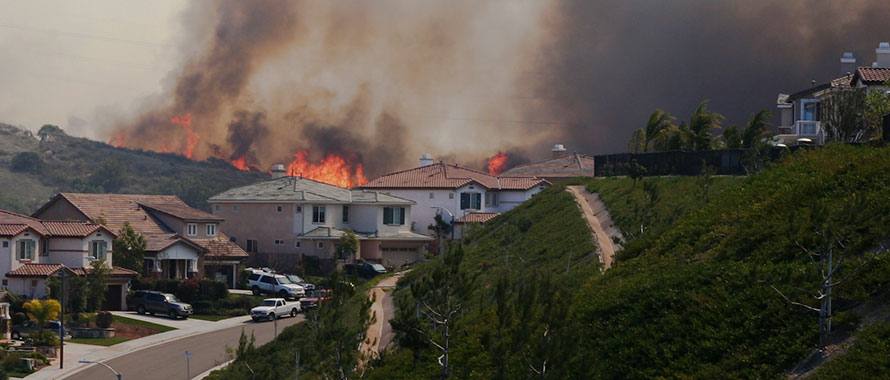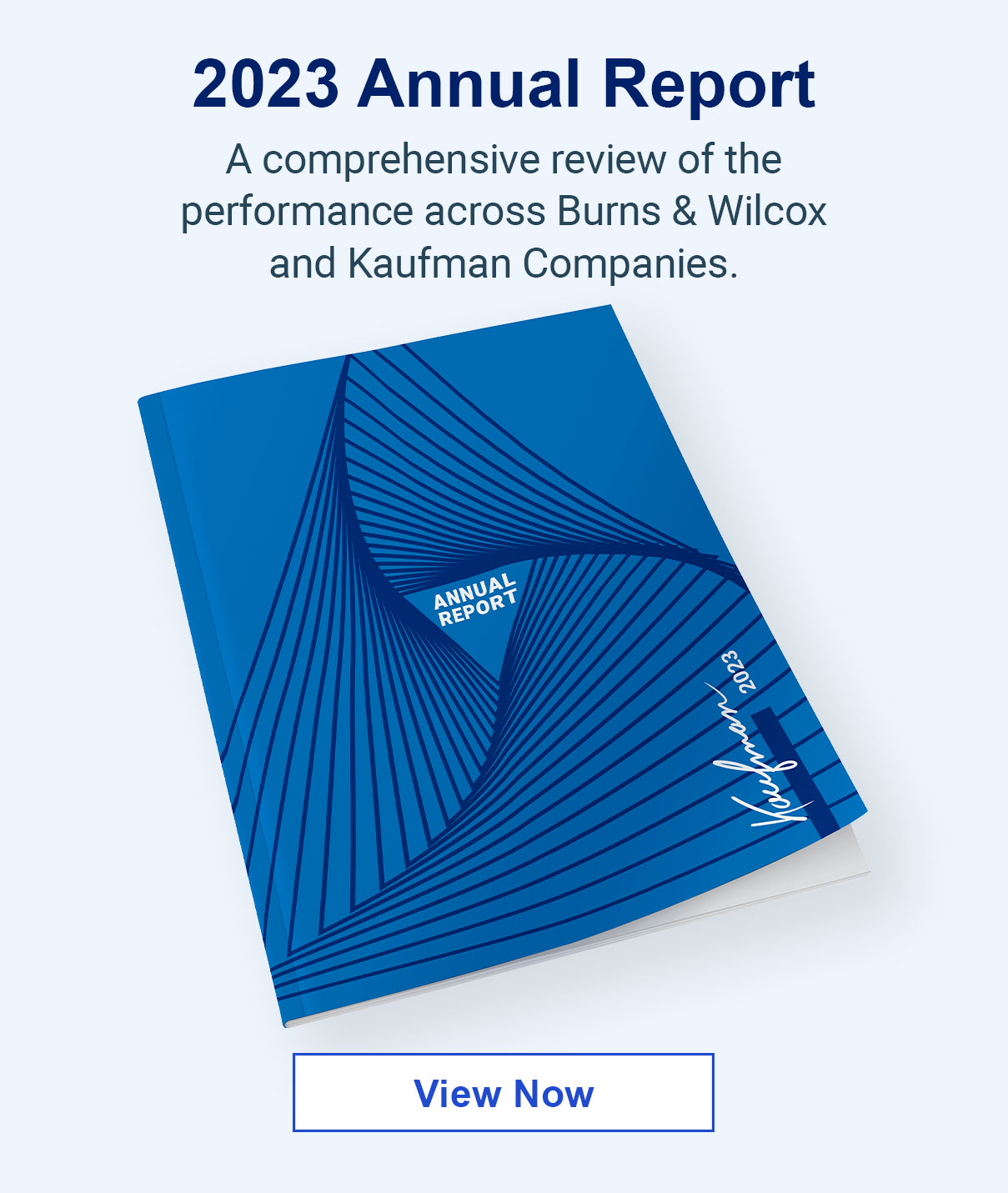Wildfire season in the U.S. and Canada has had an alarming start this year, with recent wildfires already burning over 1 million acres in Oregon, destroying up to half of the structures in the Canadian town of Jasper, and currently threatening a growing swath of Northern California as firefighters battle the Park Fire, which is the state’s largest wildfire of the year.
Featured Solutions
In Canada, wildfire season seems to be starting earlier each year, said John McInnes, Manager, Commercial Insurance, Burns & Wilcox, Calgary, Alberta. “Even in Northern Alberta, wildfires were starting as early as the end of April and beginning of May, when we should still be getting snow at that time. As a homeowner, it is really important to be ready.”

It is not just a question of how much it is going to cost to insure a home, but whether they can even get insurance. Homeowners are being put in a really tough spot.
As wildfire risks increase, homeowners are encouraged to take steps to safeguard their properties and ensure they carry adequate Homeowners Insurance to cover potential wildfire damage — although that has become a challenge in most areas as rates rise and fewer carriers are willing to offer coverage. In California, wildfires have led to a Homeowners Insurance market “crisis” that appears poised to worsen, the Los Angeles Times recently reported.
“It is not just a question of how much it is going to cost to insure a home, but whether they can get insurance,” Alphabet said. “Homeowners are being put in a really tough spot.”
Insurance market impacts
In Jasper, Alberta, early estimates show that the recent wildfire could be one of the most expensive wildfire disasters in Canadian history, potentially costing the insurance industry up to $700 million, CBC News reported July 29. “We lost part of the town of Jasper. That is pretty scary,” McInnes said. “Sadly, Jasper is a World Heritage Site with UNESCO, and now a good portion of the town is gone.”
Canada, which had its worst wildfire season on record in 2023, has seen an earlier start to wildfires over the past 20 years, according to BBC News. In the U.S., the peak of wildfire season has been occurring earlier over time, according to the Environmental Protection Agency. Burned areas peaked in August between 1984 and 2002 and peaked in July between 2003 and 2021. In 2024 so far, 219,247 acres of land had turned, which is more than 20 times the amount burned by this time last year, the Los Angeles Times reported.
For homeowners in areas with higher wildfire risk, the cost of purchasing Homeowners Insurance has been on the rise, Alphabet said. “The admitted marketplace has totally changed, and insurers have pulled out of certain areas,” she said.
According to a recent San Francisco Chronicle report, even homeowners in parts of California with limited wildfire risk are increasingly facing higher rates and non-renewals, with insurance brokers calling the market for Homeowners Insurance in the state “chaotic” and “unprecedented.” More homeowners there are turning to the California FAIR Plan, the “insurer of last resort,” which provides basic coverage for those unable to find it elsewhere. The state program is currently facing a class-action lawsuit from residents who claim it provides subpar coverage and improperly denies claims, the Los Angeles Times recently reported.
“The FAIR Plan coverage is extremely limited,” Alphabet explained. “It is typically only for fire and the limit they will insure to is only $3 million for the total insured value of the home. In most of these Western states, homes are valued higher than that.”
In addition to facing rising insurance rates, homeowners may also have trouble purchasing or adding to their coverage when a wildfire is within a certain distance of their property, McInnes said. That can be a challenge during this time of year, when many homeowners are making improvements to their homes that would increase their value.
“Sometimes individuals cannot get insurance for a new house they are building, or they cannot increase the value of a home they just renovated, because there is a restriction,” he said.
‘Solutions are available’
Earlier this year, State Farm announced that it was discontinuing 72,000 insurance policies in California in advance of wildfire season, Bloomberg reported. Several other insurers have cut back on issuing policies in the state or have added new restrictions, according to the Los Angeles Times. For many homeowners, being unable to keep the same Homeowners Insurance they have had for many years comes as a shock, Alphabet said.
“Some homeowners cannot get insurance the traditional way they were used to and not at the price they were used to,” she said. “The good news is that solutions are available still. We can definitely help.”

Wildfire Defense Systems really acts on our behalf to help with that mitigation. They will go to the areas that are most vulnerable, as long as it is safe for them to get in.
For example, many more homeowners are seeking policies through the Excess & Surplus (E&S) lines market, she said. “Our market has grown immensely in these Western states that are experiencing disruption,” she said. “We are lucky at Burns & Wilcox because we have capacity in these areas. The number of submissions we are receiving today is probably five times more than in the past.”
According to Alphabet, the E&S market can provide anything from a full Homeowners Insurance policy to a companion policy for a homeowner who utilizes the FAIR Plan. “
“We also partner with Wildfire Defense Systems, which allows us to provide a service to these homeowners to mitigate wildfire and not just react,” she said, adding that this coverage is available with all Homeowners Insurance policies offered by Burns & Wilcox. “They might apply a fire-retardant gel or a foam to the home before a wildfire comes to help prevent damage. Wildfire Defense Systems really acts on our behalf to help with that mitigation. They will go to the areas that are most vulnerable, as long as it is safe for them to get in.”

Wildfire impact can be attributed to the upkeep of your lawn and landscaping or where you plant your trees. … They seem like simple things, but you can forget them so easily.
Homeowners should be prepared that while they may find coverage, costs have been increasing. “There is a solution available, but the cost may be higher than homeowners are used to,” she said.
The trend is expected to continue as long as wildfire risk continues to intensify, McInnes added. “Pricing will continue to be affected until we have a few good years where there are very few wildfires,” he said. “With the trends that have seen over the last 10 to 15 years, it does not seem like it is slowing down. It seems like it is increasing.”
Steps homeowners can take
Beyond purchasing insurance, homeowners should take proactive steps to reduce the impact a wildfire could have on their home.
The first step is paying attention to “clearance around the house,” she said. This includes removing leaves and debris, ensuring there are no tree limbs overhanging roofs, using hardscaping features such as brick pavers versus vegetation, considering roofing materials such as metal or clay, sealing off vents, and screening chimneys. Non-flammable siding, fire-resistant decking materials, and adding hoses or sprinklers could also be considered.
“You do not want debris or flammable items around a home. Those are possible ignition sources,” she explained, adding that non-flammable vegetation is available. “If there is going to be a big wildfire going through, it may not save their home completely, but it could just be damaged rather than a total loss.”
These efforts pay off, McInnes agreed, pointing to examples when wildfires “hit one house and miss the other” based on the mitigation steps taken by the homeowners.
“Wildfire impact can be attributed to the upkeep of your lawn and landscaping or where you plant your trees. Make sure your gutters and roof are clear of debris, trim branches extending over your house or into a neighbor’s yard — you certainly do not want to be responsible for the loss of your neighbor’s house — and watch where you are leaving flammable liquids,” McInnes recommended. “They seem like simple things, but you can forget them so easily.”
Building “smarter” using fire-resistant materials is also a wise investment, McInnes said. “If you are going to remodel, use materials that are going to last and help with fire resistance,” he said. “Those are some of the best things you can do.”






